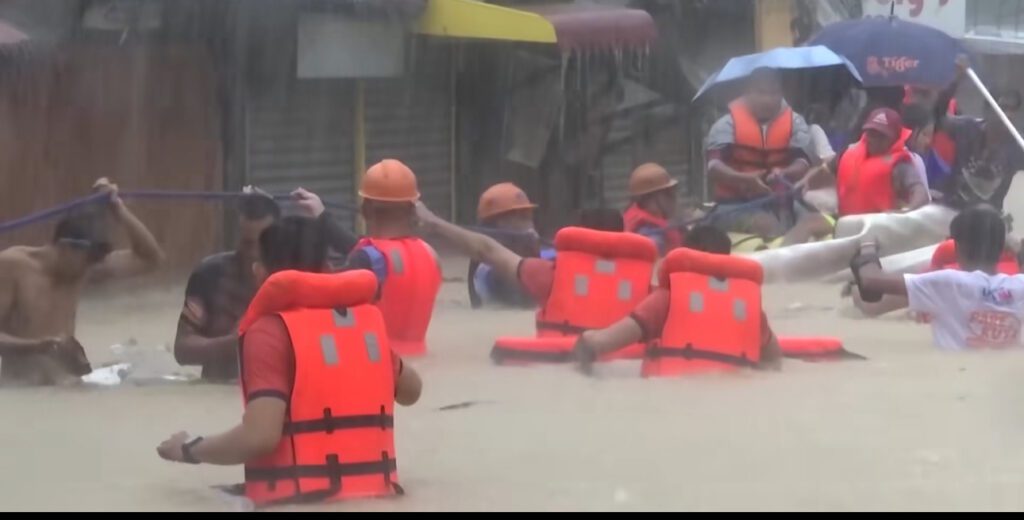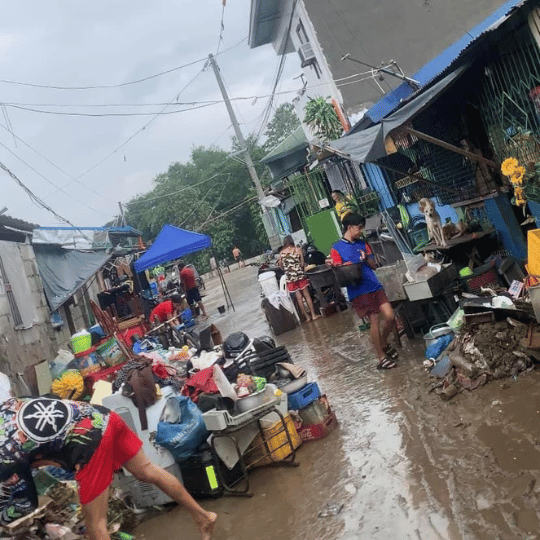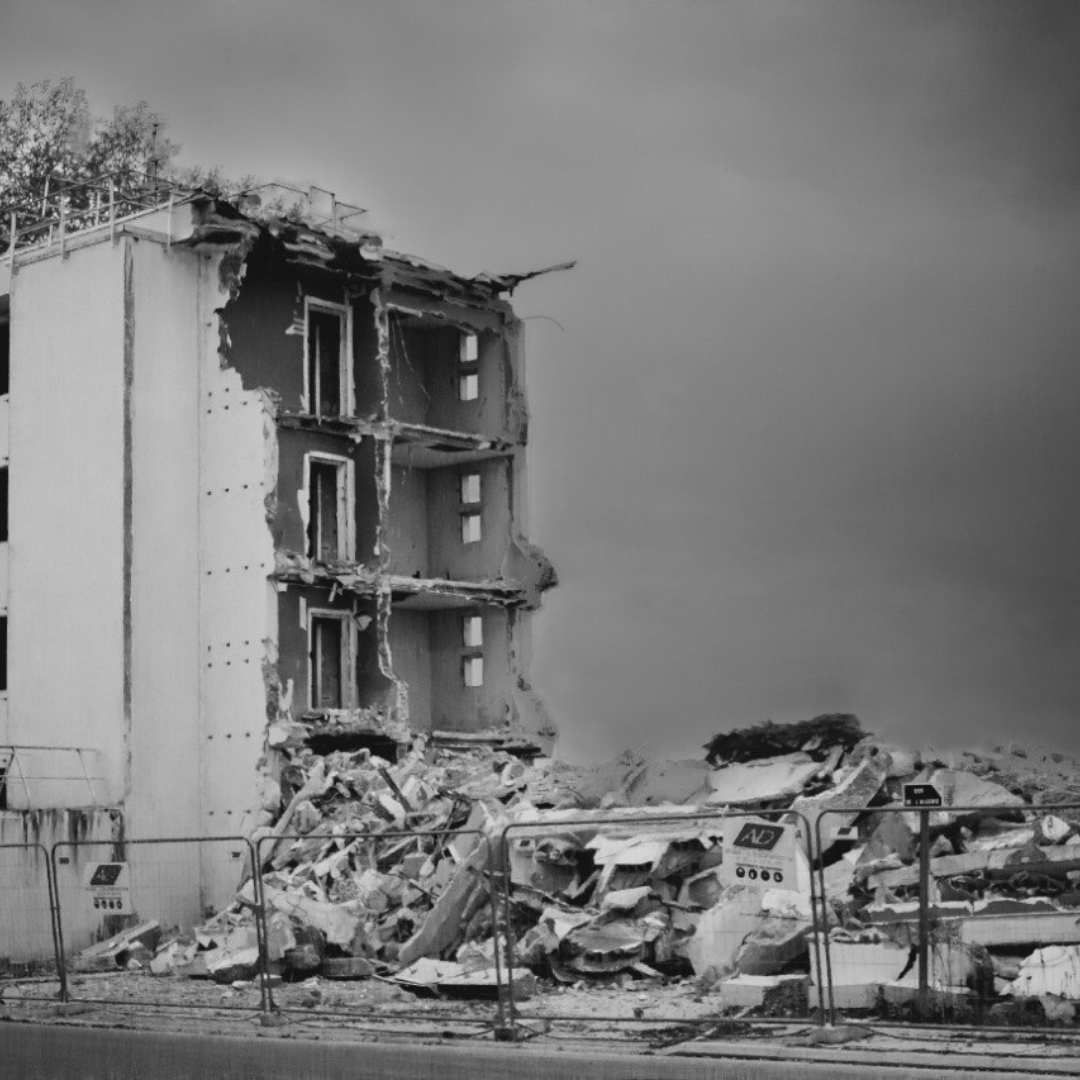Step-by- Step guide to rebuild after a Typhoon
Coming from the devastating effects of Typhoon Carina, floods can be devastating, especially for those without insurance. Many Filipinos find themselves in a difficult situation after a flood, facing the loss of homes, belongings, and livelihood without financial protection. However, there are steps you can take to rebuild your life and seek necessary assistance.
Immediate Steps to rebuild after a typhoon
- Safety First: Prioritize the safety and well-being of yourself and your family. Seek shelter in a safe location, follow evacuation orders, and avoid floodwaters.
- Document Damage: Take photos and videos of the damage to your home and belongings for future reference and potential assistance programs.
- Seek Assistance: Contact local authorities, disaster relief organizations, and community groups for immediate assistance, such as food, water, shelter, and medical care.
Financial Recovery
- Assess Your Needs: Determine the extent of the damage to your home and belongings. Prioritize essential needs such as shelter, clothing, and food.
- Seek Government Assistance: Contact your local government unit (LGU) to inquire about disaster relief programs and financial assistance. Explore programs like the Department of Social Welfare and Development (DSWD) assistance for individuals in crisis situations.
- here are some references for government assistance
- Tap into NGO Support: Many non-government organizations (NGOs) provide relief and recovery assistance. Research and contact relevant NGOs in your area for potential support.
- here are some references:
- Explore Community Support: Reach out to your community for help. Consider seeking assistance from religious organizations, barangay officials, or community leaders. Private restaurants open their doors to help and some owners of unoccuppied rental areas have also welcomed those affected by the typhoon
- Volunteer and Exchange Labor: Offer help to neighbors or participate in community rebuilding efforts. This can sometimes lead to reciprocal support or opportunities for employment.
Emotional Recovery
- Allow Yourself to Grieve: It’s normal to experience a range of emotions after a flood, including shock, anger, sadness, and fear. Allow yourself to process these feelings.
- Seek Support: Talk to friends, family, or a mental health professional about your experiences. Sharing your feelings can help alleviate stress and provide emotional support.
- Practice Self-Care: Take care of your physical and mental health by getting enough sleep, eating healthy foods, and engaging in relaxation techniques like meditation or yoga.

Community Recovery
- Volunteer: Help your community recover by volunteering your time to assist those affected by the flood.
- Build Community Resilience: Participate in community meetings and initiatives to develop long-term flood prevention and recovery plans.
- Support Local Businesses: Patronize local businesses to help them recover and rebuild.
Long-Term Resilience
- Develop a Disaster Plan: Create a family emergency plan that includes evacuation routes, communication plans, and essential supplies.
- Build Emotional Resilience: Practice stress management techniques, develop a strong support system, and seek professional help if needed.
- Community Preparedness: Participate in community disaster preparedness activities to increase resilience for future events.
Remember, recovery takes time. Be patient with yourself and others. By working together and supporting one another, communities can rebuild stronger than before.






